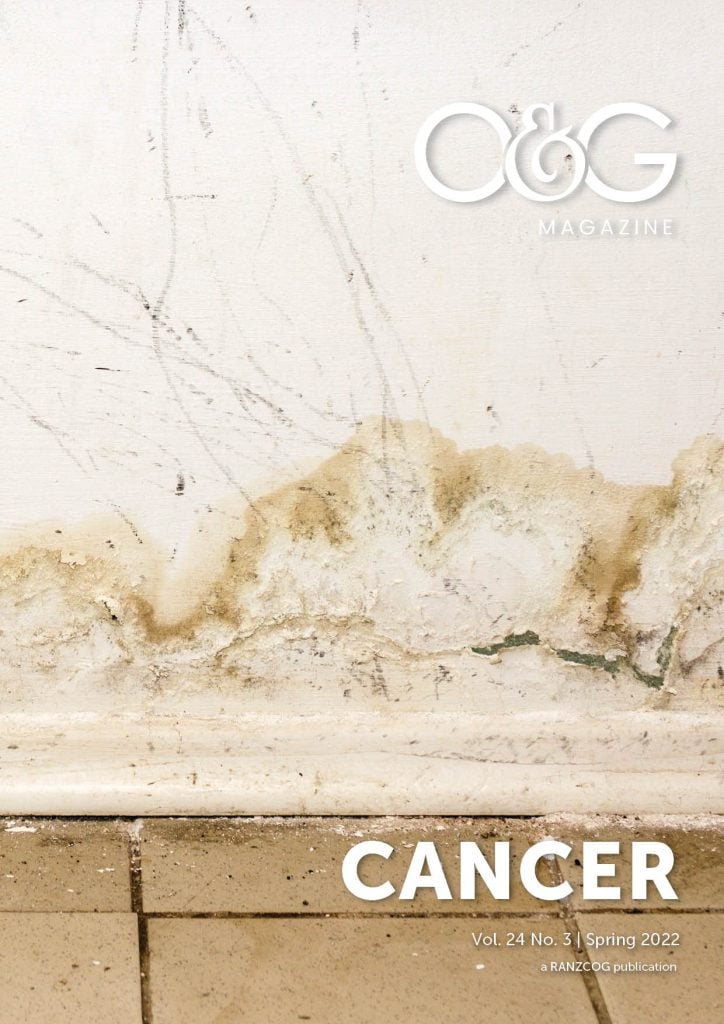Like the zodiac, the medical term ‘cancer’ references the Latin for crab because many cancers, when spreading, extend into surrounding tissues like the legs of a crab.
It’s an unfortunately negative association for a fine (and flavoursome) creature and those born under that star sign.
Whether a person is medical or not, little in life is as confronting as seeing a person die, particularly slowly from the effects of cancer. As a junior medical student, I witnessed a loved one with a chronic leukaemia lose his seven-year cancer battle.
It was 1985 and Dad was 53.
Following heart disease, dementia and stroke, cancer is a leading cause of death in Australia. Unfortunately, cancer touches all our lives at one time or another.
But just as technology has moved on, so has medicine. That fatal condition in 1985 is now eminently survivable. With advances in many sciences, DNA technologies, targeted pharmaceuticals and other treatments, the potential for individuals to live well beyond many more types of cancer is here.
This issue of O&G Magazine addresses numerous topics ranging from primary cancer prevention to cancer epidemiology to ovarian cancer screening and management through to palliative care and pain management.
As our world slowly renormalises post covid, it has been a pleasure to attend numerous hospital site visits in person and liaise with colleagues and trainees across Australia and New Zealand. The recent, face-to-face RANZCOG presentation events in Brisbane and Wellington have allowed us to finally celebrate the elevation of some of our new Fellows and Subspecialists.
There will be further events this year (in Christchurch to coincide with the New Zealand ASM in September and on the Gold Coast in October to align with the RANZCOG ASM). These events also provide opportunity for the College to acknowledge scientific leaders in Women’s Health whose primary and translational research drives so many clinical advances.
A memory shared by my cohorts from Queensland University in the 1980s is of a thorough and no-nonsense immunology tutor who, like most in his position, was starting his academic career and having to deal with a rabble of obnoxious medical students. His name was Ian Frazer and he went on to be the co-inventor of the HPV vaccine. His work means that, for the first time, we may be on the threshold of completely eradicating a type of cancer!
Not all cancers are the same, many have very uncertain aetiologies and to defeat them all will take a lot of time and money and, most importantly, dedicated investigators.
Another sign of progress was, several years ago whilst in private practise caring for someone in pregnancy, we diagnosed cancer of the cervix at 17 weeks. In medical school days the treatment for this devastating situation was an immediate radical hysterectomy with obviously loss of the pregnancy and future fertility.
The local gynaecology oncologist performed the appropriate staging procedures including laparoscopic lymphadenectomy mid-trimester, chemotherapy was given, and baby then delivered by caesarean section at 34 weeks before further chemotherapy. Within two years there was another pregnancy and another baby. Complete hysterectomy had been successfully delayed until family completion.
So, reflecting on the changes in diagnosing, treating and preventing cancer that have been witnessed in the last 35 years gives us all hope for the future.
Please enjoy this Spring issue of O&G Magazine and we hope you’ll join us on the Gold Coast for our Annual Scientific Meeting in October.





Leave a Reply